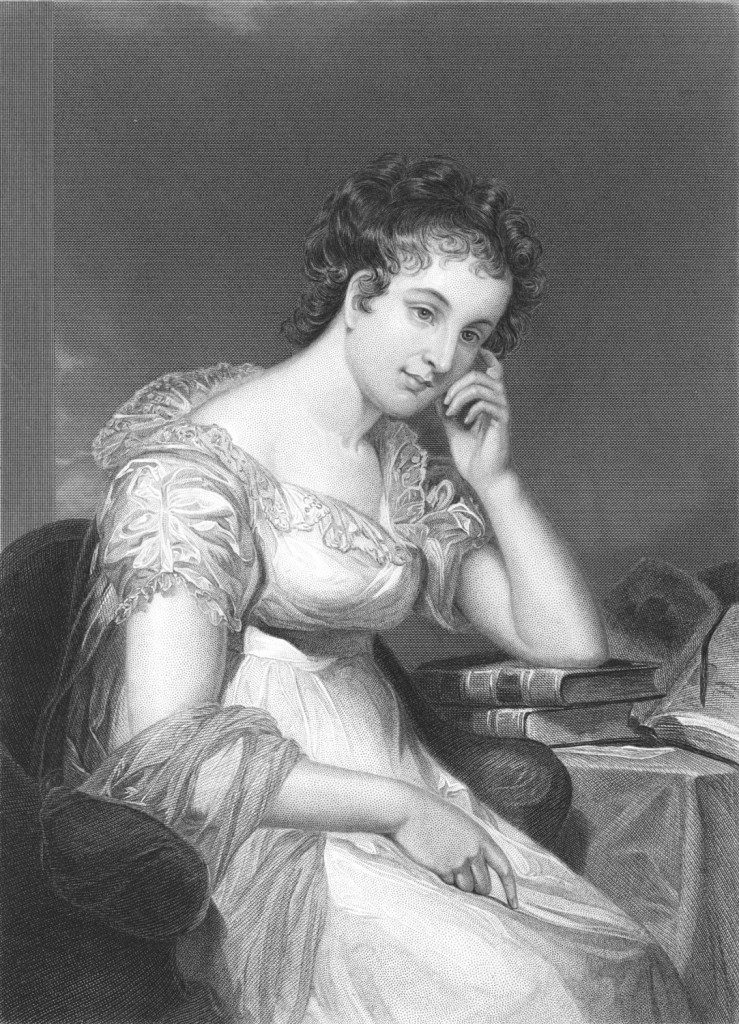Maria Edgeworth
Image: Portrait of Maria Edgeworth, an engraving based on a portrait by Chappel.
Image from: Local Studies and History, Birmingham Central Library
While Keir was working on his Dialogues on Chemistry for children, another Lunar Society member, Richard Lovell Edgeworth, was working with his daughter, Maria, on the revision of their work Practical Education. This had been first published in 1798 and was re-published as Essays on Practical Education in 1801. Maria (1768-1849) was the third child of Edgeworth and his first wife. The Edgeworth family home was in Ireland but they spent a good deal of time in England. While staying in Lichfield near his friend Thomas Day in the early 1770s, Edgeworth met and fell in love with Honora Sneyd, whom he subsequently married after the first Mrs Edgeworth died. Meanwhile Maria had a conventional girl’s education at a school in Derby. While she was away at school her father and his second wife began drafting educational stories for children, in which the central characters were a boy and girl, Harry and Lucy. Maria would later pick up this project where her father and stepmother left off and go on to write a whole series of books and stories for children.
Practical Education was also something which Richard and Honora Edgeworth had begun together and abandoned. Twenty years later, Maria and her father joined forces to complete it. The work was in three volumes. The first dealt with the education of very young children, with sections on suitable toys, and the teaching of reading, obedience, truth, and how to attract and keep a child’s attention. The next volume covered the teaching of specific subjects including grammar, classics, geography, arithmetic, chemistry and mechanics, and there was a final volume on how to develop taste, imagination, judgement, prudence and other desirable characteristics in children. Maria wrote more than half of the text. The publication of the work did not attract great attention in Britain, but it was widely admired on the Continent.
But it was as a novelist that Maria really made her name. Her best-known work today is Castle Rackrent (1800), a novel set in Ireland in the 1780s; this and her other ‘Irish’ works were greatly admired by Walter Scott.
« Previous in this sectionNext in this section »Continue browsing this section
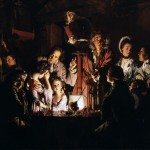 The other side of the Coin: Women and the Lunar Men
The other side of the Coin: Women and the Lunar Men
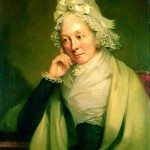 The Lunar Men and the Status of Women
The Lunar Men and the Status of Women
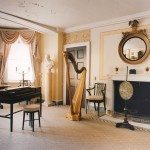 Miss Ann Boulton
Miss Ann Boulton
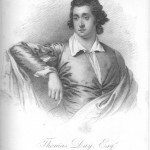 Sabrina and Lucretia: a failed experiment
Sabrina and Lucretia: a failed experiment
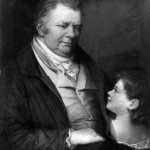 Educating Amelia
Educating Amelia
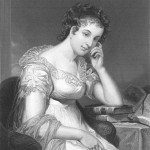 Maria Edgeworth
Maria Edgeworth
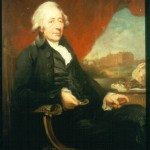 Mrs Elizabeth Montagu, the “Queen of the Blues”
Mrs Elizabeth Montagu, the “Queen of the Blues”
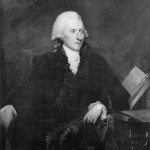 Mary Knowles
Mary Knowles
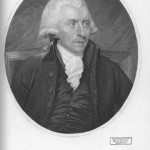 Lady Catherine Wright
Lady Catherine Wright
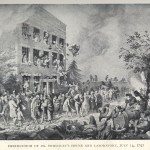 Mary and Martha Russell and the Birmingham Riots of 1791
Mary and Martha Russell and the Birmingham Riots of 1791
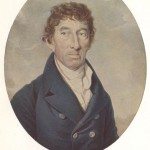 The Escape of the Russells from Birmingham to France
The Escape of the Russells from Birmingham to France
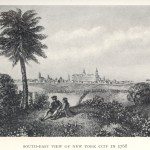 The Russells in America
The Russells in America
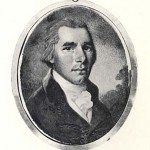 The Return of the Russells to England
The Return of the Russells to England



